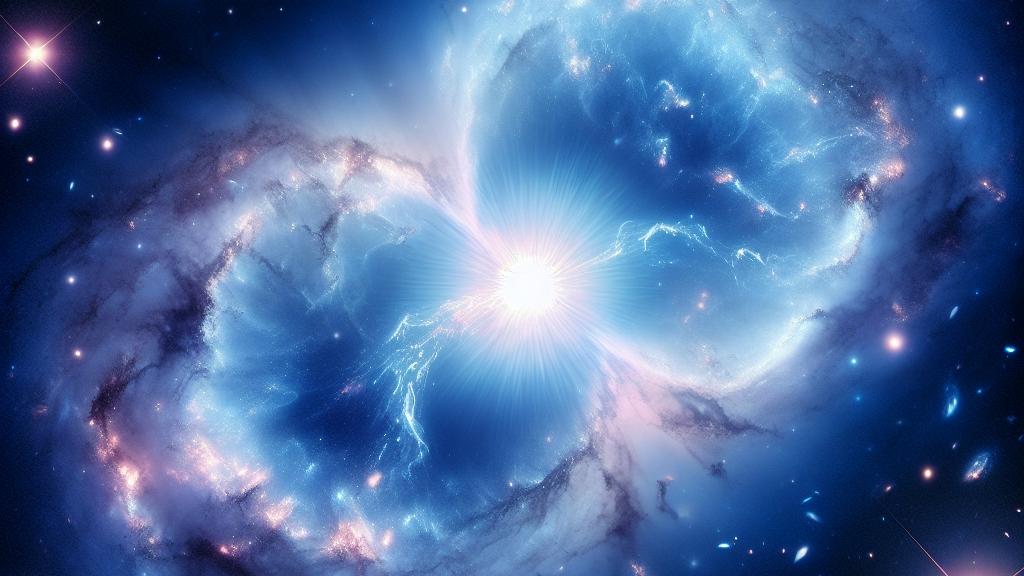Discover the Exciting Supernova Captured by Hubble
Overview
- Hubble presents a stunning image of SN 2024PI, a rare Type Ia supernova lighting up the universe.
- This spectacular explosion occurred in the distant galaxy LEDA 22057, which is about 650 million light-years away.
- Examining this event helps us grasp the intricate life cycle of stars and their vital role in cosmic evolution.

SN 2024PI: A Celestial Wonder
In the captivating constellation of Gemini, approximately 650 million light-years from us, lies the galaxy LEDA 22057. Recently, the Hubble Space Telescope unveiled a mesmerizing image of SN 2024PI, a pale blue supernova that has sparked immense excitement within the astronomical community. Discovered in January 2024, this breathtaking explosion showcases the power and beauty of the universe in a way that few events can. Type Ia supernovae, like our hero SN 2024PI, are especially remarkable because they occur when a white dwarf in a binary star system acquires mass from a companion star until it reaches a critical limit, resulting in a brilliant cataclysm. Visualize the brilliance of this cosmic light show, outshining entire galaxies for a fleeting moment! This extraordinary transformation not only illuminates the night sky but also grants us vital insights into the life cycles of stars, revealing how essential elements, which are the building blocks of life, are forged in the hearts of these luminous giants.
Unlocking the Mysteries of Type Ia Supernovae
Now, let’s delve deeper into the fascinating world of Type Ia supernovae. Imagine witnessing a stellar explosion so bright that it can be seen across vast distances in space! These cosmic fireworks begin their life when a white dwarf—a remnant of a star that has exhausted its fuel—pulls in material from its partner star. Once the white dwarf becomes too massive to support itself, a fierce nuclear reaction ignites, leading to a cataclysmic explosion. A perfect example to illustrate this phenomenon is SN 1994D, which located in the galaxy NGC 4526, provided astronomers valuable data about these powerful events. Such explosions are not just spectacular; they hold the key to understanding the universe's chemical composition. They can release more energy in a few seconds than our sun will produce over its entire 10 billion-year lifetime! This highlights the importance of studying these phenomena to uncover the secrets of how our universe evolves over time.
The Significance of SN 2024PI in Cosmic Context
So, why should we care about SN 2024PI? The significance of these supernovae transcends mere spectacular visuals; they play a crucial role in distributing heavy elements throughout the universe. When these stars explode, they scatter materials—such as carbon, oxygen, and even precious metals—into the cosmos, facilitating the formation of new stars and planets. For instance, the remnants of the famous Crab Nebula, a supernova explosion from 1054 A.D., serve as a vivid reminder of how past cosmic events shape our present. These remnants are teeming with the materials that contributed to building our own solar system. Exploring extraordinary phenomena like SN 2024PI not only advances our scientific understanding but also inspires curiosity and wonder about the universe we inhabit. It invites us to reflect on our own cosmic origins, reminding us that we are indeed made of stardust, forged in the spectacular explosions of ancient stars.

Loading...